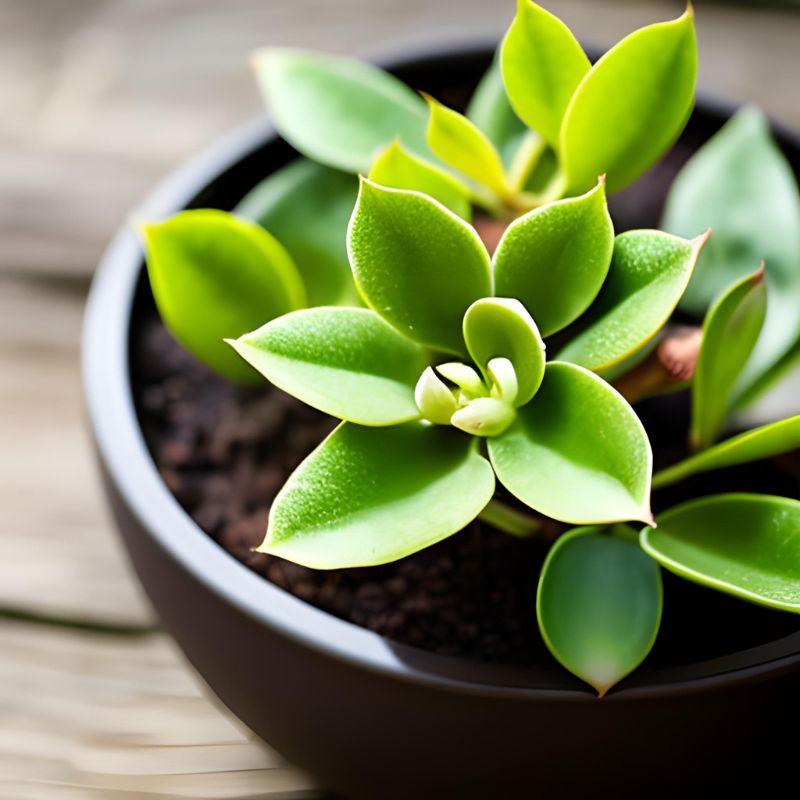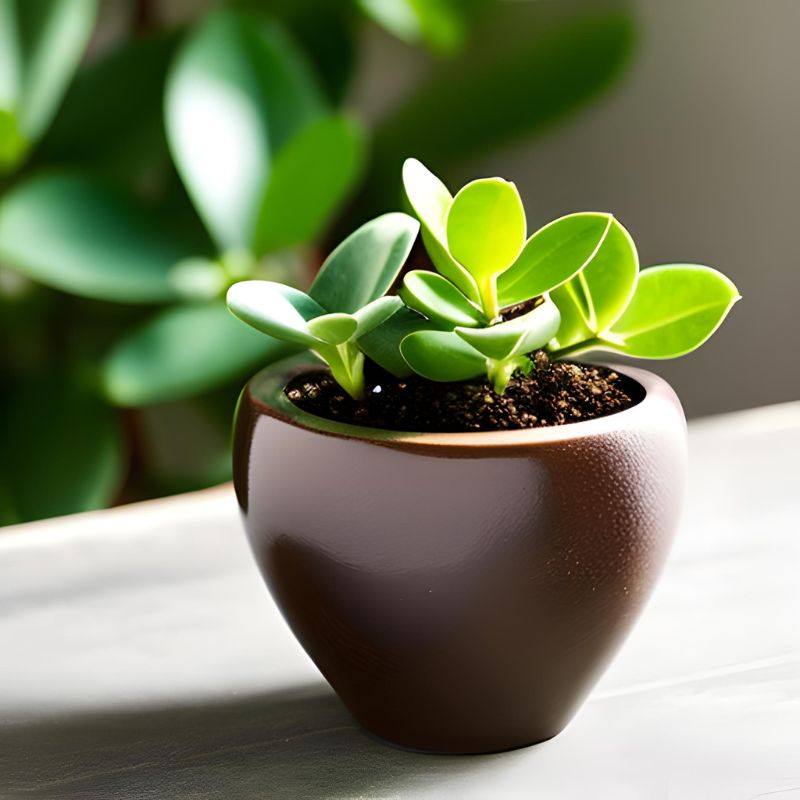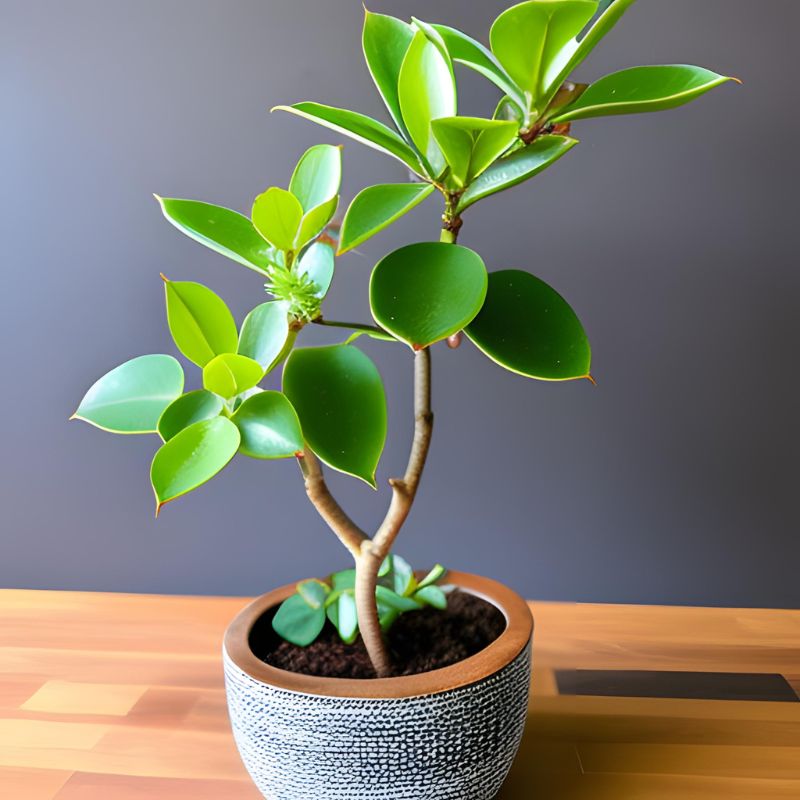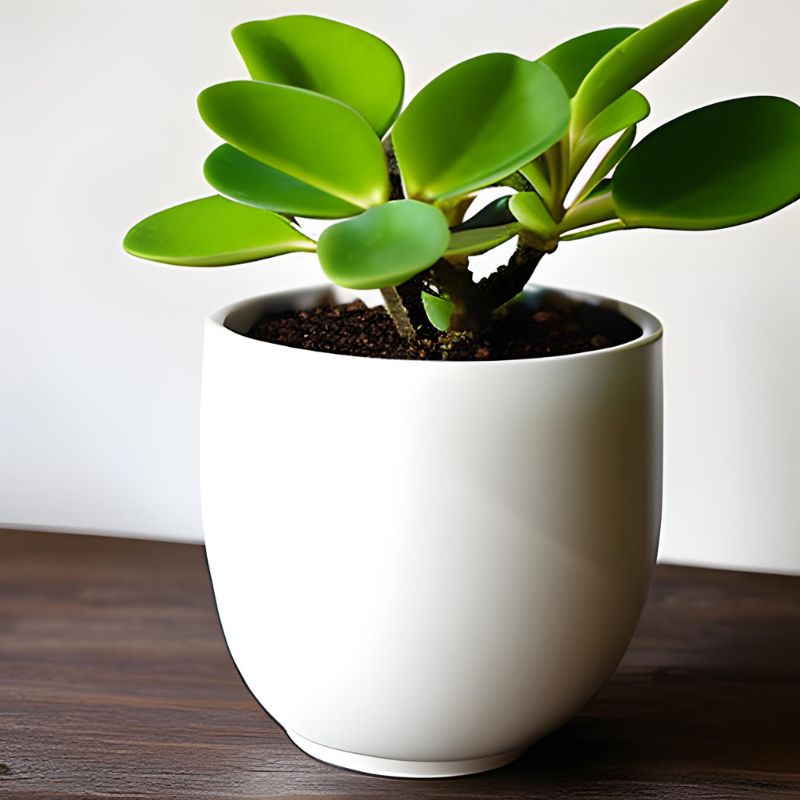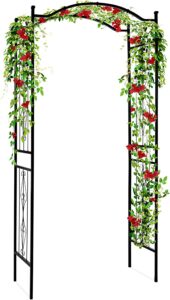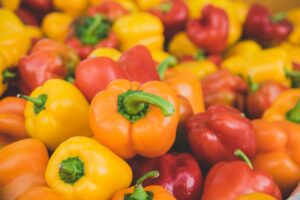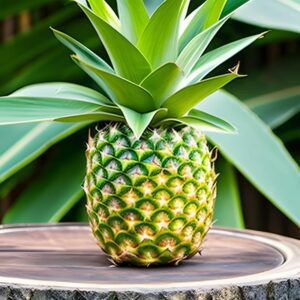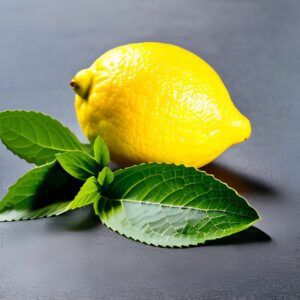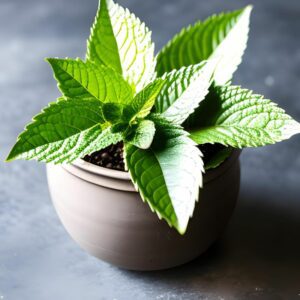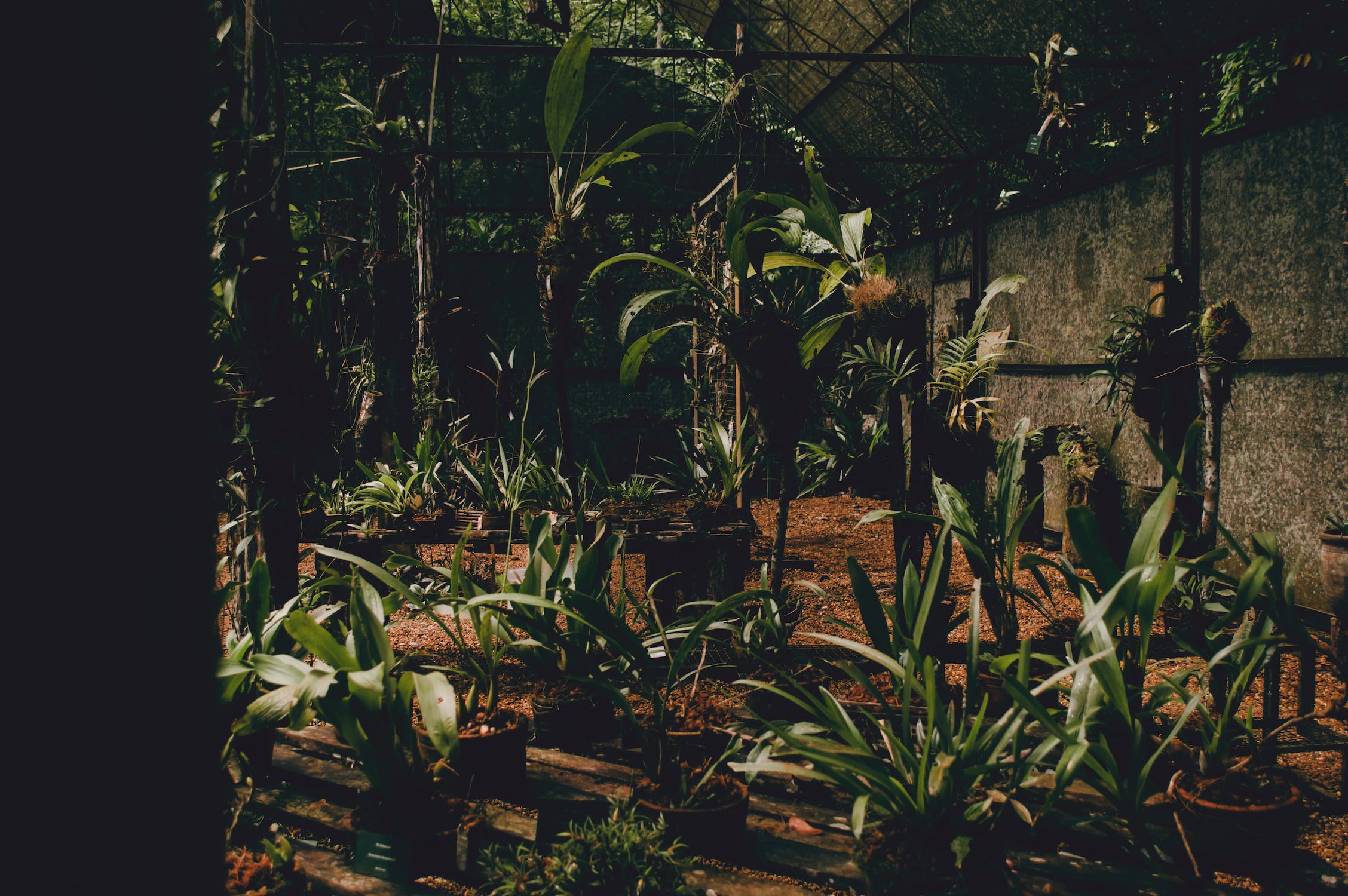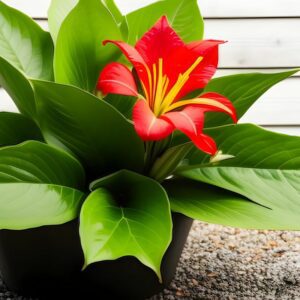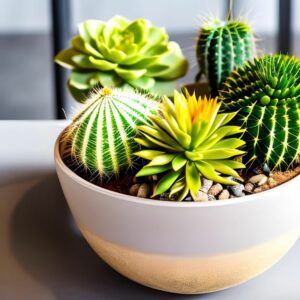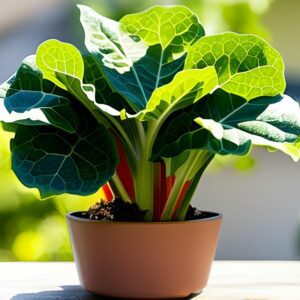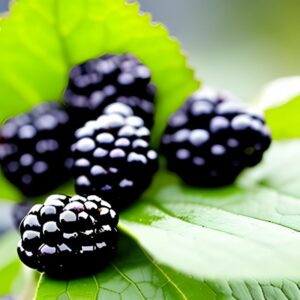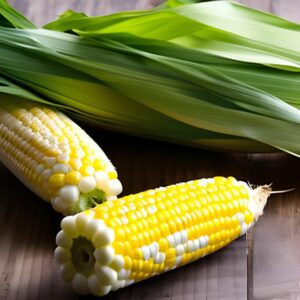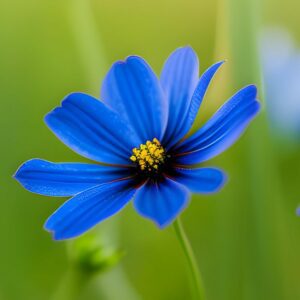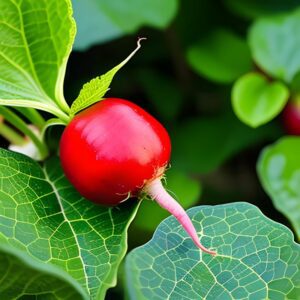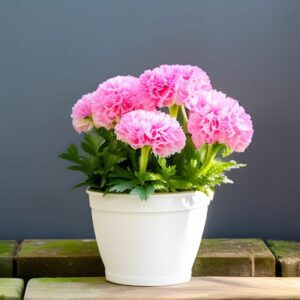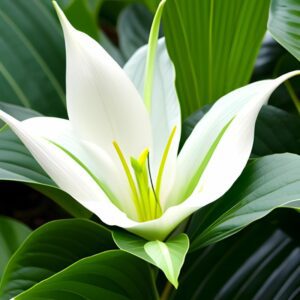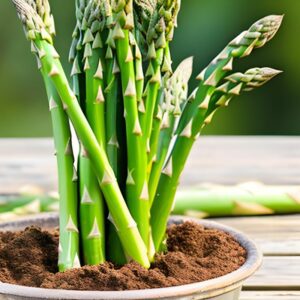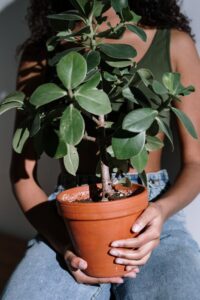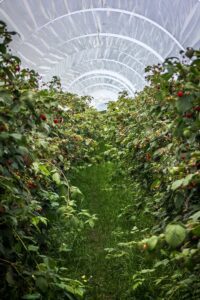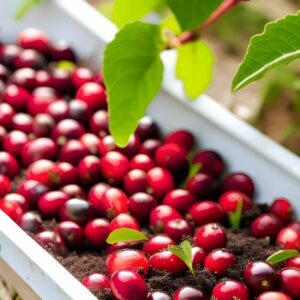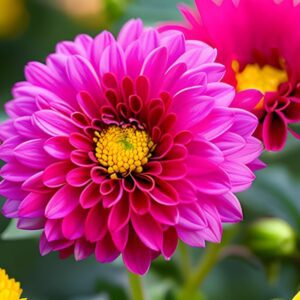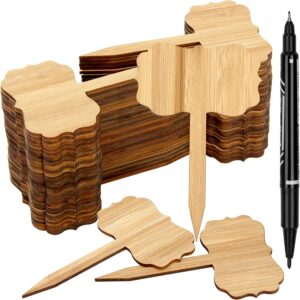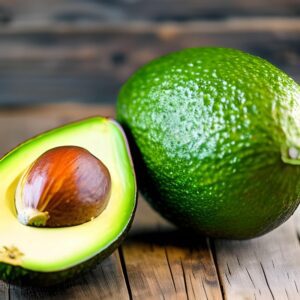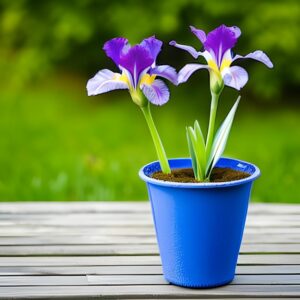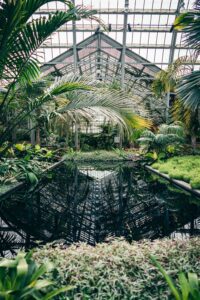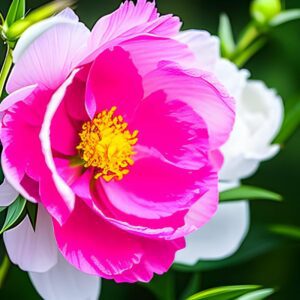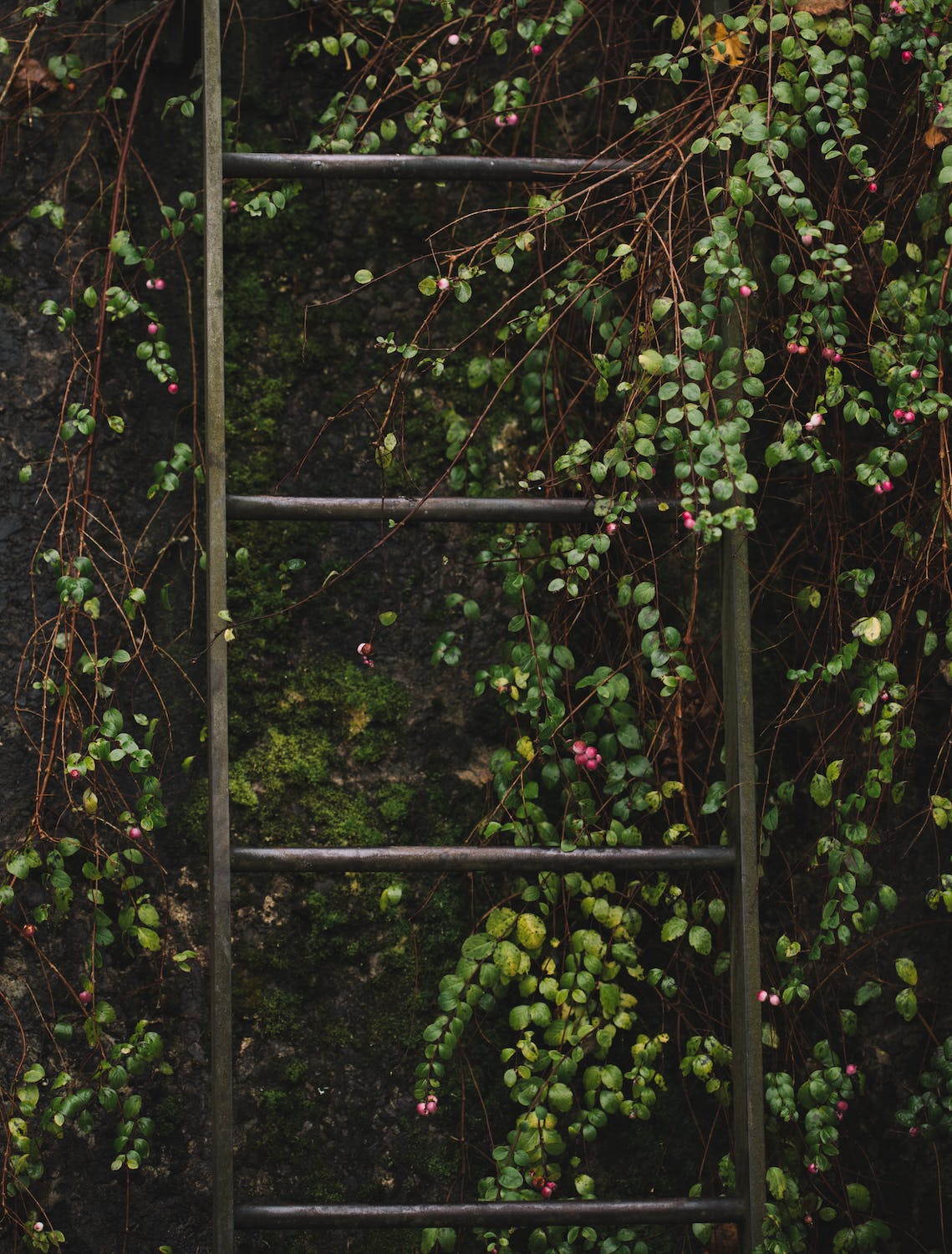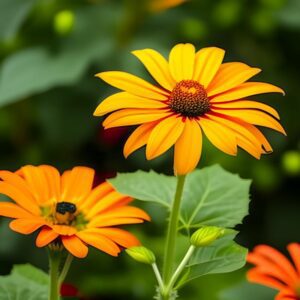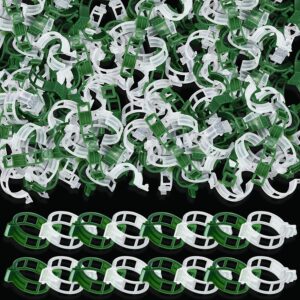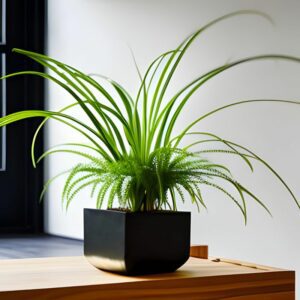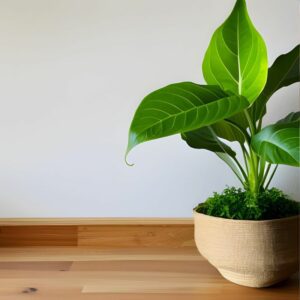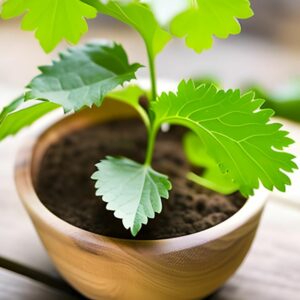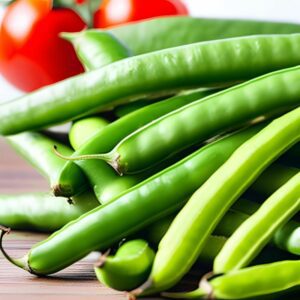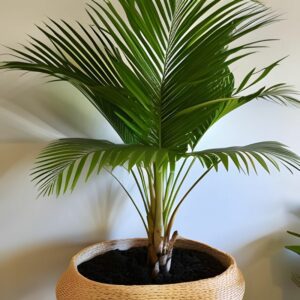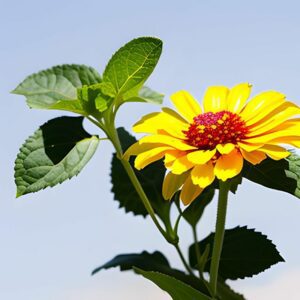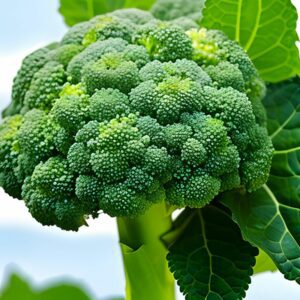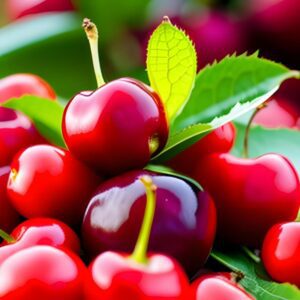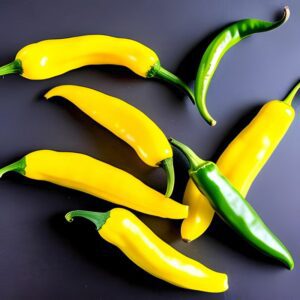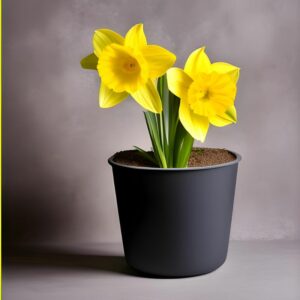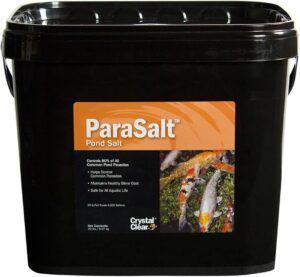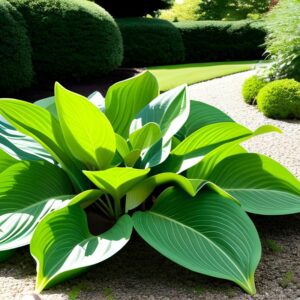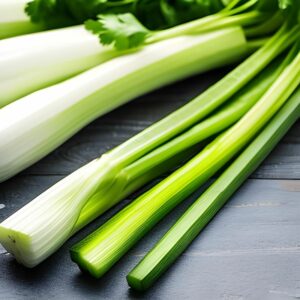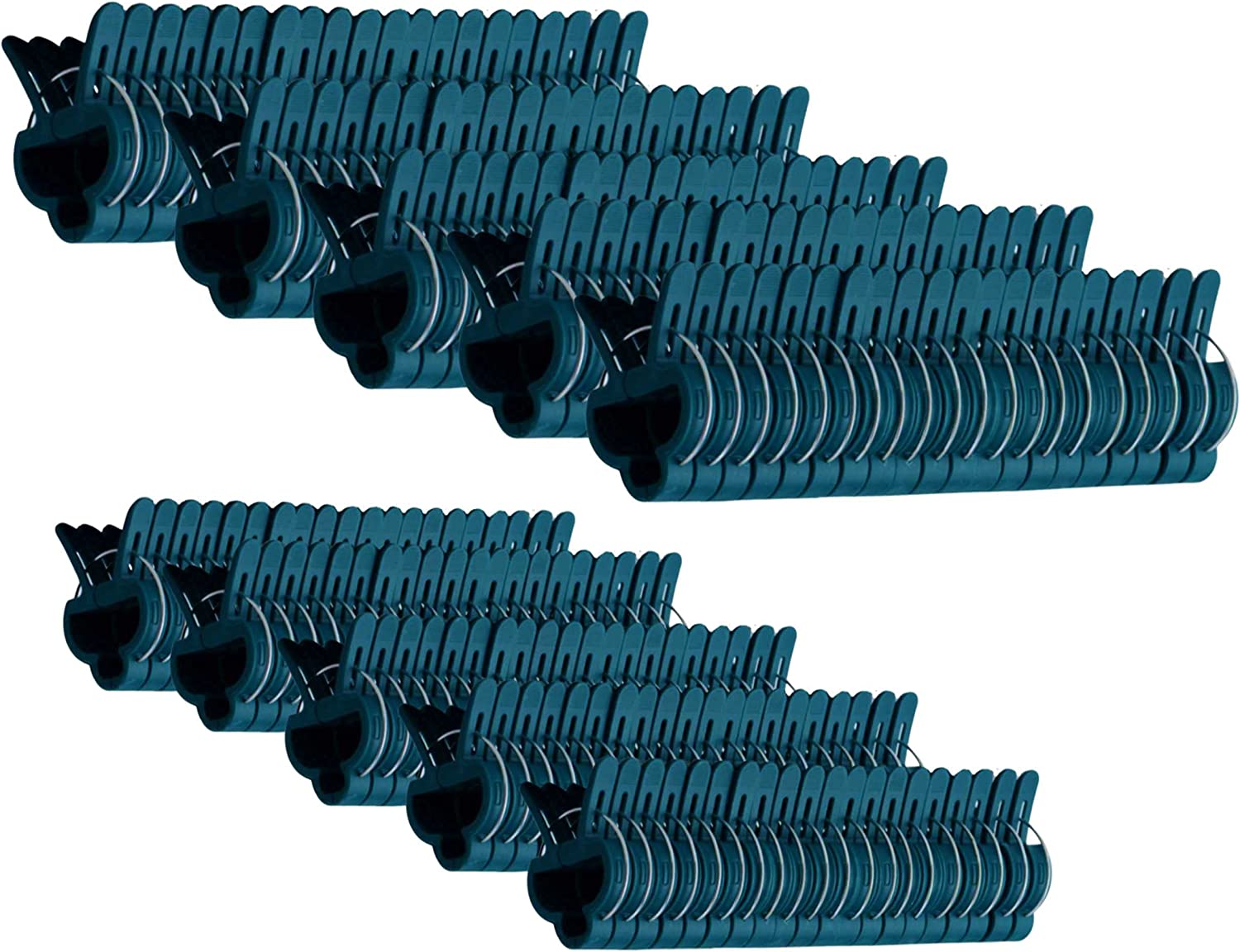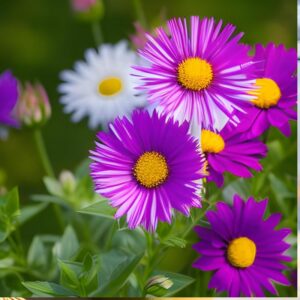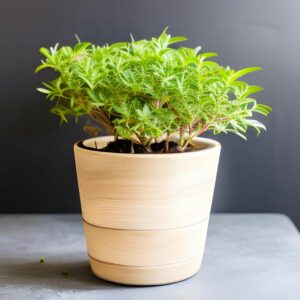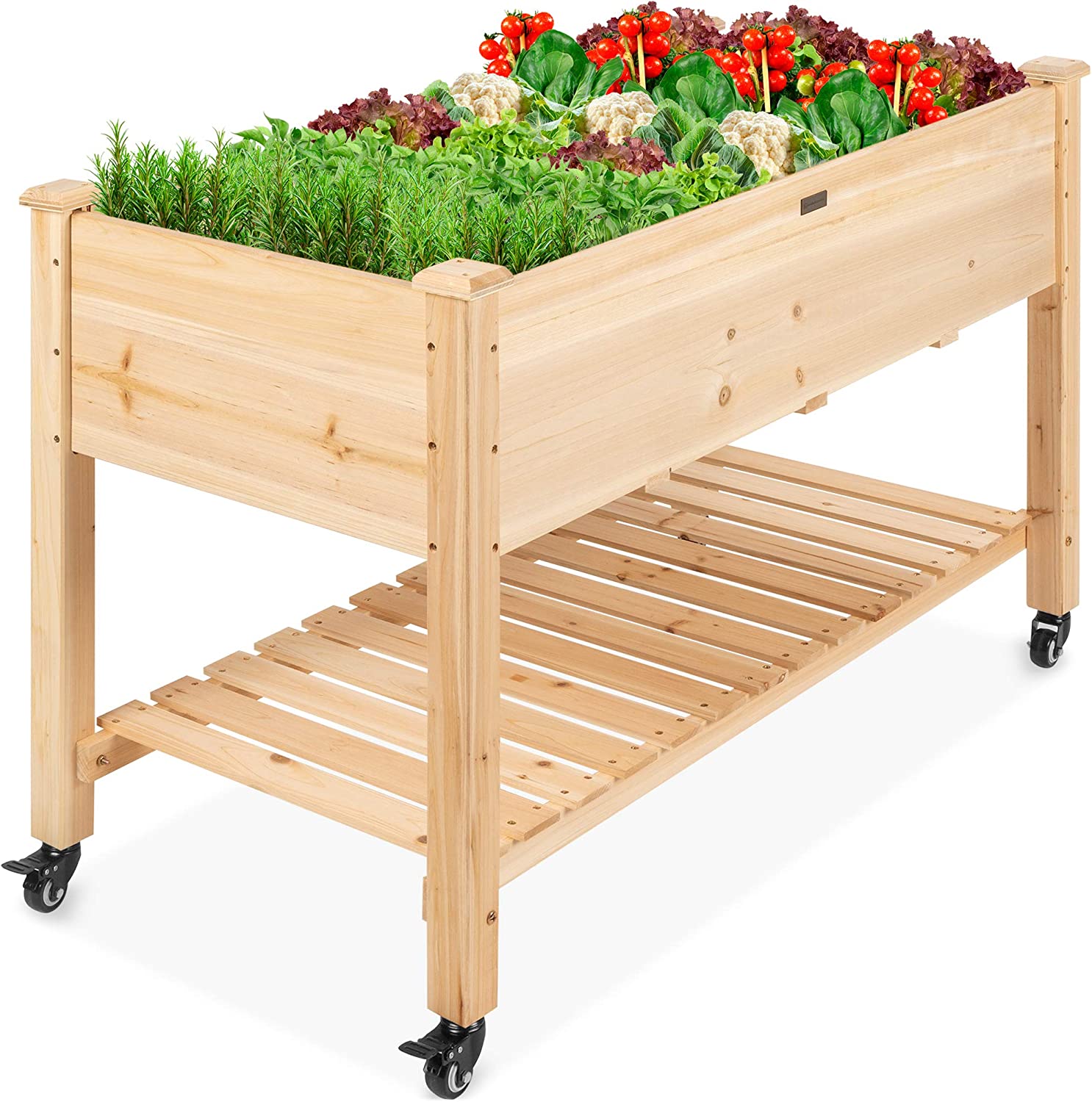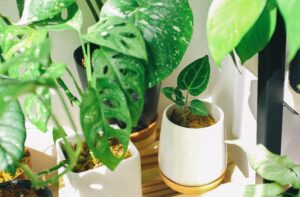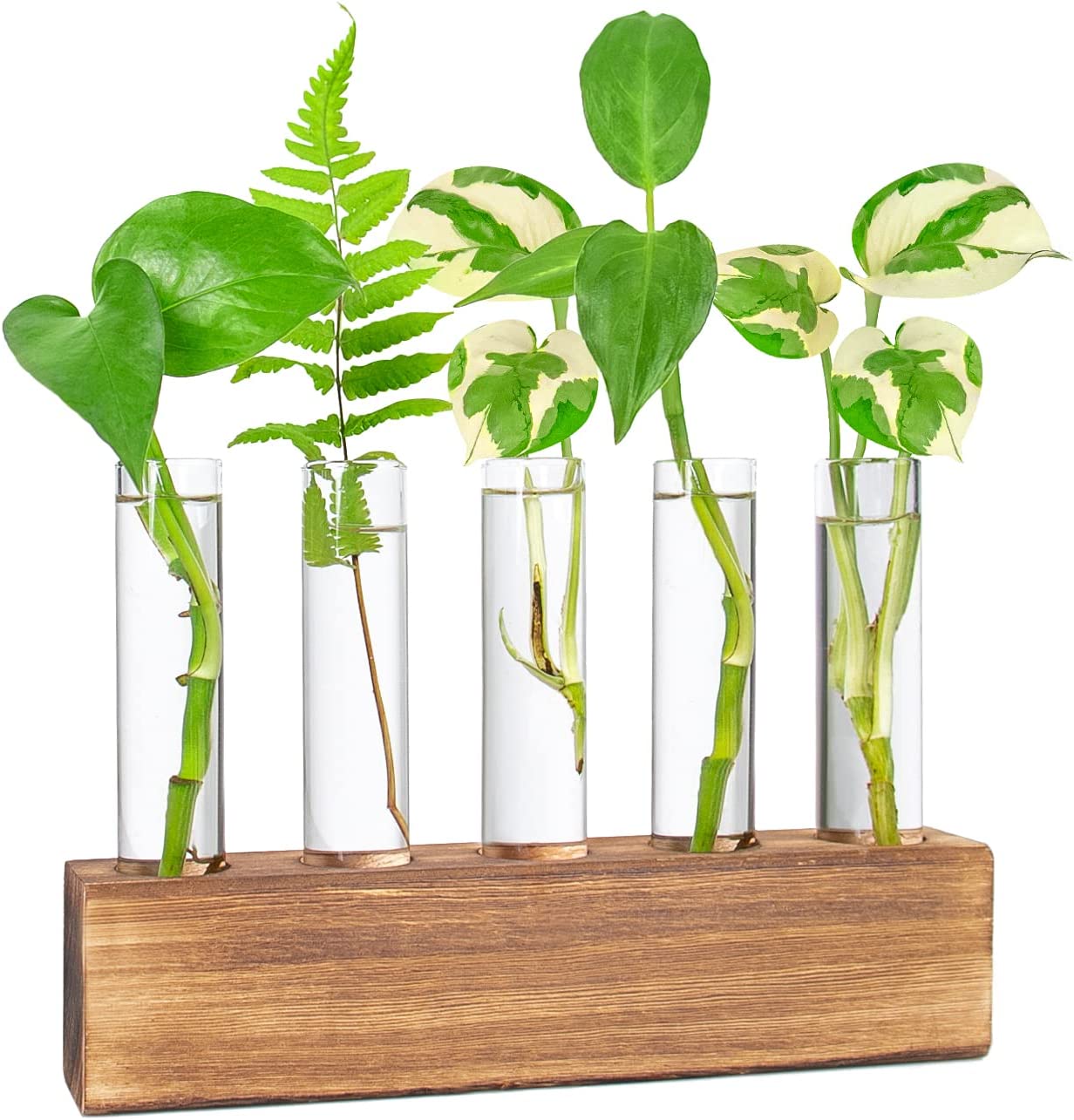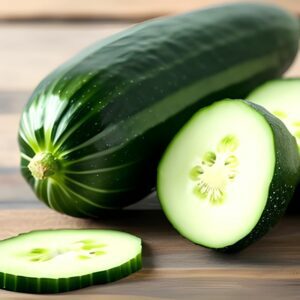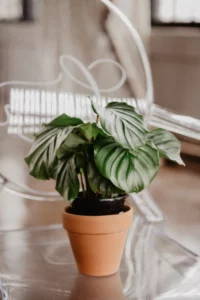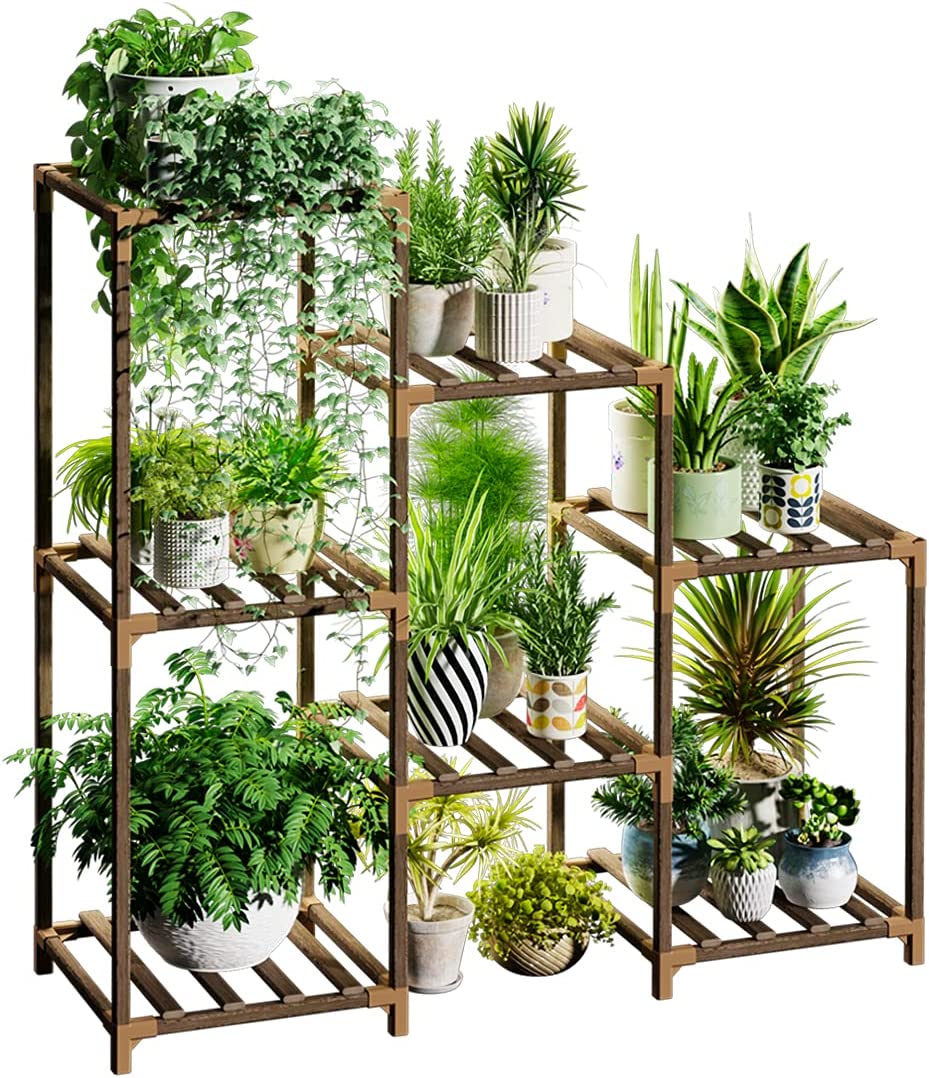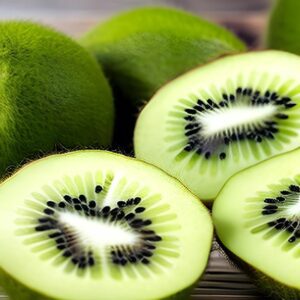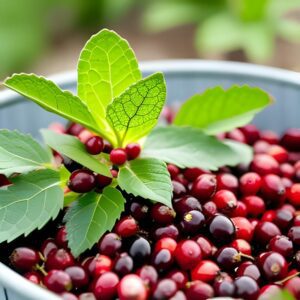Jade Plant
House Plants
- South Africa
- Easy
- 2-6 Years
Introduction
The Jade Plant, scientifically known as Crassula ovata, is a beloved houseplant appreciated for its unique, fleshy leaves and easy care requirements. Native to South Africa, this plant is often associated with good luck and prosperity and is a popular choice for both novice and experienced plant enthusiasts.
Plant Characteristics
The Jade Plant features thick, oval-shaped leaves that have a glossy, jade green color, hence its common name. The leaves are tightly packed on sturdy, woody stems, giving the plant a compact and bushy appearance. Mature plants can develop a tree-like structure with a thick, trunk-like stem.
Ideal Growing Conditions
Jade Plants thrive in bright, indirect light but can tolerate lower light conditions. They prefer temperatures between 65-75°F (18-24°C) and appreciate well-ventilated areas. Allow the soil to dry partially between waterings, as Jade Plants are succulents and are more tolerant of underwatering than overwatering. Well-draining soil is essential to prevent root rot.
Planting Guide
Choose a well-draining pot that is slightly larger than the root ball. Plant the Jade Plant at the same depth as it was in its nursery container, ensuring the roots are covered with soil. Gently firm the soil around the base of the plant. Water thoroughly after planting and allow excess water to drain.
Watering and Fertilizing
Water the Jade Plant when the top inch (2.5 cm) of soil feels dry. Succulents like the Jade Plant are adapted to store water in their leaves, so they prefer infrequent but deep watering. Avoid overwatering, as it can lead to root rot. Fertilize sparingly during the growing season with a balanced, water-soluble succulent fertilizer.
Pruning and Maintenance
Remove any yellow or withered leaves. Jade Plants have a slow growth rate, so they require minimal maintenance.
Growth and Leaf Development
As the Jade Plant matures, it develops its characteristic thick, fleshy leaves. The leaves may start out small and become larger and plumper over time. Enjoy watching the plant’s compact form and the lush green color of its leaves.
Post-Harvest Care
The Jade Plant is primarily grown as an ornamental houseplant and is not typically harvested. After pruning or removing any spent leaves, continue regular care, including watering, fertilizing, and providing suitable light conditions.
Troubleshooting
Overwatering can lead to root rot and yellowing leaves. Ensure proper drainage and allow the soil to partially dry between waterings. Lack of light can cause leggy growth, so provide adequate light to maintain a compact form. Monitor for pests such as mealybugs and scale insects and take appropriate measures to control them.
Fun Facts
The Jade Plant is often associated with positive energy and good luck, especially in feng shui practices. It is a popular choice for gifting and is believed to bring prosperity and wealth to its owners. The plant is also known for its longevity, with some specimens living for several decades when provided with proper care.
